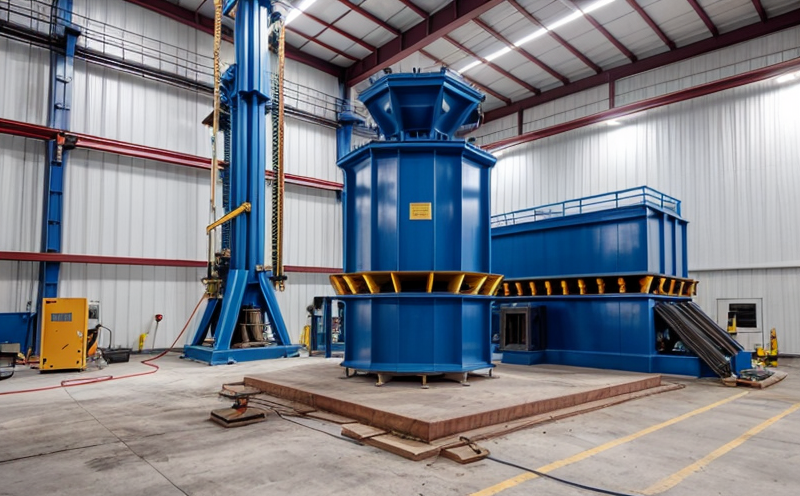ASTM E1895 Structural Modal Frequency and Damping Testing
The ASTM E1895 standard provides a comprehensive framework for conducting structural modal frequency and damping testing. This service is crucial for assessing the dynamic behavior of structures, ensuring they meet design specifications and are resilient to environmental stresses. The test measures the natural frequencies and damping ratios of various modes of vibration within a structure.
During ASTM E1895 testing, the specimen undergoes controlled excitation to induce vibrations at specific frequencies. Sensors such as accelerometers and displacement transducers capture data on how the structure responds to these stimuli. The captured signals are then analyzed using advanced signal processing techniques to determine modal parameters.
Understanding modal frequency is critical for predicting a structure's dynamic response under operational conditions, especially in industries where vibrations can lead to premature failure or reduced performance. Modal damping, on the other hand, indicates how effectively energy dissipates from the structural system, which is essential for assessing durability and service life.
The ASTM E1895 methodology ensures consistency across different laboratories by providing standardized procedures. This standardization enhances reliability in compliance testing and quality assurance processes. Compliance with this standard is often required in industries such as automotive, aerospace, and construction to ensure product safety and performance standards are met.
For specimen preparation, it's essential that the structure or component being tested be representative of its operational environment. This involves ensuring that all relevant interfaces are intact and that any external influences (e.g., temperature, humidity) are controlled during testing. Proper setup is crucial to obtaining accurate modal parameters.
The ASTM E1895 test apparatus includes shaker systems for applying controlled forces, data acquisition systems for recording sensor outputs, and software tools for analysis. The choice of sensors depends on the type of structure being tested; for instance, piezoelectric sensors are commonly used in structural testing due to their high sensitivity.
| Industry Sector | Application |
|---|---|
| Aerospace | Testing airframe structures for fatigue life prediction. |
| Automotive | Evaluating vehicle components for crashworthiness and ride comfort. |
| Bridges & Infrastructure | Assessing the durability of bridge structures against environmental factors like wind and traffic. |
| Offshore Oil Platforms | Determining structural integrity under harsh marine conditions. |
| Machinery Manufacturing | Ensuring precision machinery operates within specified vibration limits. |
The acceptance criteria for ASTM E1895 are stringent, requiring that the modal parameters obtained must fall within defined tolerances. These criteria ensure that any deviations from expected behavior can be attributed to specific conditions rather than measurement inaccuracies or specimen variability.
In summary, ASTM E1895 structural modal frequency and damping testing is a vital tool for ensuring the integrity and performance of structures across various industries. By providing detailed insights into the dynamic characteristics of these structures, this service supports informed decision-making in design and manufacturing processes.





